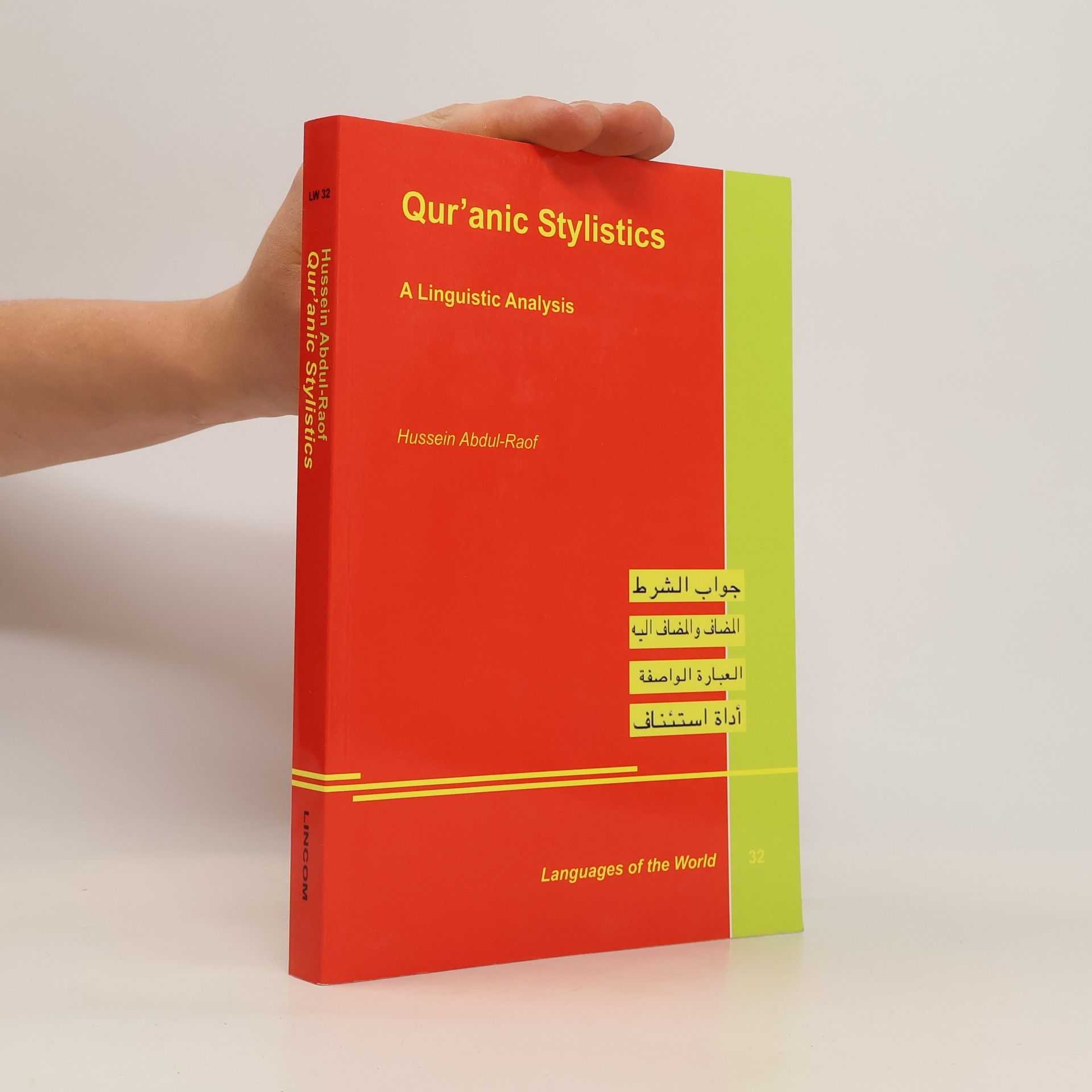This book addresses the learning and academic needs of students of English as a foreign language, presenting linguistics in an accessible manner. It is designed to be overseas student-friendly, characterized by simple language and tailored specifically for those pursuing an introductory course in linguistics. Additionally, it serves the needs of teachers by providing essential materials for undergraduate linguistics courses. The text acknowledges the differences in teaching linguistics to overseas students compared to native English speakers in the UK or the US. Drawing from the author's classroom experience, it identifies two distinct approaches to teaching linguistics: one for native students and another for non-native speakers. The book aims to achieve three key objectives: (i) to enhance comprehension of linguistics for English as a foreign language students in overseas universities, (ii) to provide these students with a solid understanding of fundamental linguistic concepts, and (iii) to make major linguistic theories and ideas more accessible to them. This work is particularly relevant for departments of English and translation studies where linguistics is a core component of the curriculum. ISBN 9783862885565. LINCOM Textbooks in Linguistics 14. 250pp. 2014.
Hussein Abdul Raof Knihy






Qur'anic Semantics
Corpus and Lexical Behavior
Qur'anic semantics is concerned with: (i) lexical occurrence, (ii) lexical behavior, (iii) word order, (iv) discourse semantics where the purposeful selection of a specific word is interrelated to discourse discursive semantics, (v) lexis meaning which is motivated by discourse ideology, Ideological connotative meanings, and (vi) the semantic analysis of the text mood and diction. Qur’anic semantics shows the reader: (i) the number of times a word occurs in the whole text, (ii) how the meaning of the word changes according to the context in which it occurs, and (iii) why a given grammatical structure occurs rather than a different one. Qur’anic semantics examines the semantic aspects which have impact on meaning on the word and sentence levels. These aspects are: (i) content words (verbs, nouns, nominalized nouns, active/passive participle nouns, adjectives), (ii) function words such as the additive conjunctions such as (thumma – and) and (wa – and), (iii) tense (present, past, future), (iv) marked (unusual) / unmarked (usual) word order, and (v) no-main-verb nominal or main-verb sentences. Qur’anic semantics is of value to Qur'anic corpus linguistics, lexicographers, Qur'anic linguistics, and translation studies.
Consonance in the Qur'an provides an in-depth text linguistic analysis of Qur'anic discourse. The lexicogrammatical selections, intertextual meaning relations, the textual notions of conceptual connectivity and intertextuality are expounded with variegated examples. This text linguistic approach is a vital source for literary semiotics. The textual feature of consonance contributes effectively in the conceptual thrust of the text. This book provides a detailed account of inter and intra-sentence consonance in Arabic. It explicates the impact of contextual and co-textual factors upon the occurrence of the verb, passive participle, active participle, plural of paucity, plural of multitude, the feminine noun, and the phonetic form of a given lexical item. It also investigates rigorously the different levels of linguistic analysis in the light of the modern European linguistic theory of text linguistics.
Stylistic variation is a vibrant aspect of language that manifests at different levels, particularly evident in the Qur'anic genre. It can occur within sentence boundaries at both micro and macro levels. Micro-level variation involves morphemes, words, and sentences, while macro-level variation transcends sentence boundaries, revealing stylistically distinct sentences across different texts. This variation reflects language behavior and the manipulation of linguistic tools by the text producer. In Qur'anic Arabic, stylistic shifts are context and co-text sensitive, influenced by the surrounding grammatical, semantic, and phonetic environments. The text unfolds within a specific situational context, making contextual factors pivotal in shaping distinctive stylistic patterns. A linguistic-stylistic analysis of sentence patterns enhances appreciation for the grammatical and semantic nuances that differentiate structurally identical yet stylistically diverse sentences. This investigation also reveals the deeper meanings embedded in stylistically distinct sentences. The analysis offers insights into the rich stylistic and linguistic strategies of Arabic, heightening awareness of its exotic, semantically-oriented patterns. These structures arise from various linguistic processes unique to Arabic and serve multiple communicative functions. Ultimately, this exploration of the Qur'anic genre examines the interplay between grammatical a
Arabic has been taught as a foreign language throughout the world. Yet, no book has been available for teachers and students that illustrates to them the stylistic mechanism of Arabic. This shows the urgent need for a reference book on Arabic stylistics that can develop the student’s stylistic competence as well as enhance his/her writing and communication skills needed for this vital modern language. Arabic Stylistics: A Coursebook aims to help the learner to acquire sound awareness of the recurrent structural patterns of modern standard Arabic and develop his/her analytical stylistic skills. This coursebook is also of great value to the teachers of Arabic as a foreign language who need this particular book to assist them in developing their students’ practical ability and understanding of Arabic. This coursebook is written in a smooth language and is supported by generous examples with their translation in English. Arabic Stylistics: A Coursebook is highly beneficial for both teachers and learners of Arabic as a foreign language.